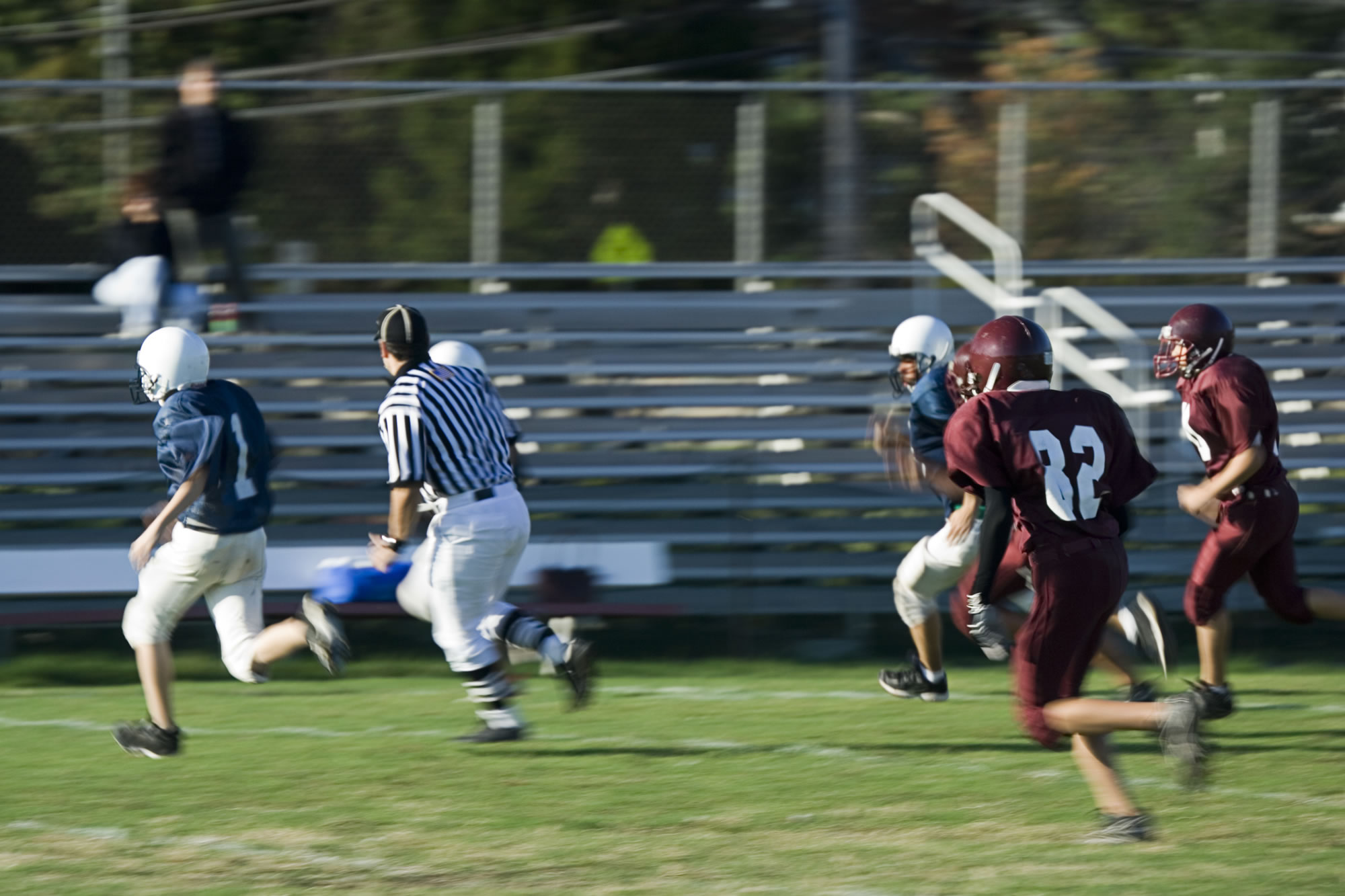TIME continues to discuss the tragic risks of American Football in their latest issue. A new study from Wake Forest Baptist Medical Center in Winston-Salem, NC says high school football players display notable brain changes, even in the absence of a concussion.
The study monitored 24 high school football players between the ages of 16 and 18. Researchers mounted sensors to their helmets to assess the frequency and severity of helmet impacts. While the players wearing the helmets were not concussed during the season, the research found microstructural changes in all of the players’ brains, especially the “heavy hitters”. The players showed changes in their brains’ white matter which the researchers called “concerning”.
“For every one NFL player, there are 2,000 youth players. That’s close to four million youth players and the vast majority of research on impact-related brain injuries has been on the college and professional level,” says Dr. Whitlow in TIME, noting that two-thirds of head impacts occur in practice sessions, not games. “The high school athletes weren’t experiencing any of the classic symptoms of concussion – dizziness, nausea or double vision.”
Whitlow and his team plan to determine whether these changes are permanent and if they are associated with brain functions. He suggests that parents get more involved in their kids’ practices by getting to know the coaches, paying attention to what is happening on the field, and finding out who can diagnose concussions.
“Football is the great American pastime,” said Whitlow. “I think it’s going to be around for another hundred years and what we’re trying to do is make it safer.”
For More Information
- Football Head Impacts Can Cause Brain Changes Even Without Concussion, TIME
- TIME Highlights the Tragic Risks of Football, Slater Vecchio Connected







